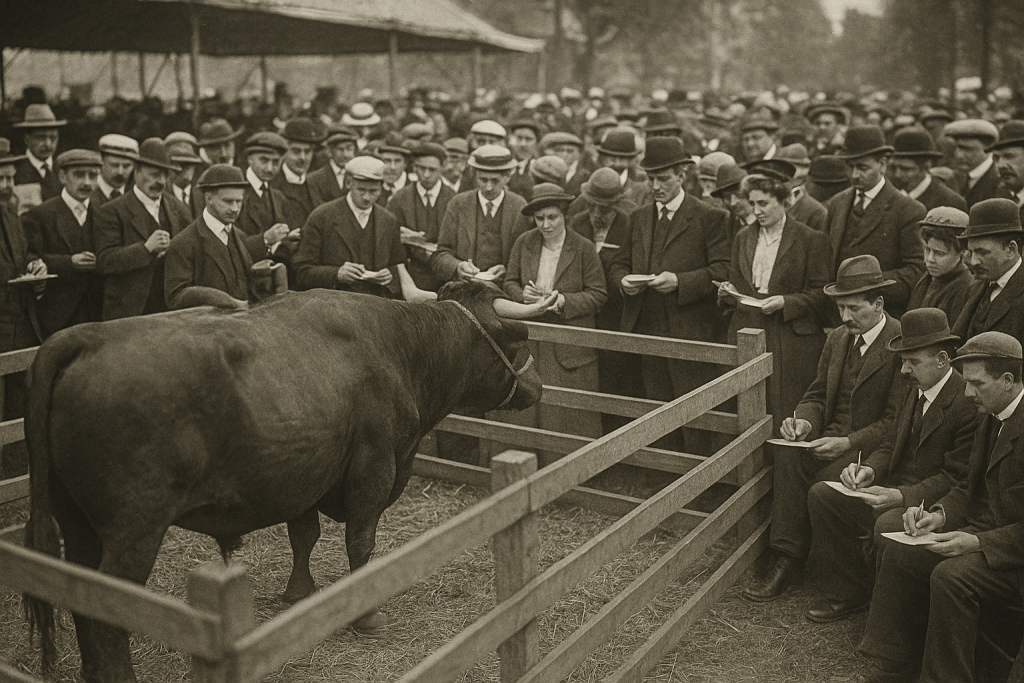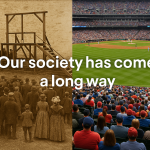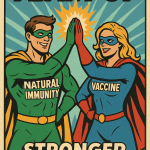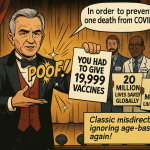Welcome back to Come Geek Out With Us, where we zoom in on the nerdy engine room of science — and today, that engine is a crowd.
You’ve probably heard of the “wisdom of the crowd” idea — where a hundred average people guessing the weight of an ox somehow land astonishingly close to the right answer. It sounds like a party trick. But it’s actually one of the most powerful tools we have for getting to the truth. And when it’s given the right structure, it becomes the beating heart of how science works.
Let’s unpack that.
🤔 The Crowd Is Wise (If You Set It Up Right)
The concept isn’t new. In 1906, statistician Francis Galton watched as hundreds of people at a fair tried to guess the weight of an ox. Individually, their guesses were all over the place. But the average of their guesses? Just one pound off.
That’s not a fluke. Over and over, research shows that when you take many independent guesses and average them, the result is often more accurate than even expert opinion. This is the “wisdom of crowds” — but only when certain conditions are met:
- Each person must make an independent guess (no groupthink)
- There must be a diversity of perspectives (not all the same background or bias)
- And their inputs must be aggregated systematically (like averaging, voting, or peer review)
Sound familiar?
That’s exactly how science works.
🔬 Peer Review Is Just Crowd Wisdom in a Lab Coat
When a scientist submits a new finding for publication, they don’t get to declare it “true” and move on. It goes through peer review — other scientists scrutinize the methods, question the assumptions, and try to replicate the results. If it passes, it gets published. If not, back to the drawing board.
It’s not perfect — peer review has flaws. But the idea is this: a finding is only robust if other qualified minds independently evaluate it and agree it holds up. That’s crowdsourcing, just wearing a lab coat and carrying a clipboard.
And it doesn’t stop there.
Meta-analyses (which combine the results of many studies), replication efforts, and open data sharing all strengthen this system — like taking more and more guesses at the weight of the ox.
💡 Ridley’s Twist: Innovation Is Collective, Not Solo
Science doesn’t just move forward one study at a time. It evolves like an ecosystem — messy, nonlinear, and collaborative. That’s a major theme in Matt Ridley’s book How Innovation Works. He writes:
“Innovation happens when ideas have sex.”
It’s a cheeky line, but it captures something important: progress happens when people remix and build on each other’s ideas. According to Ridley, the biggest breakthroughs don’t come from lone geniuses in a garage — they come from networks of people experimenting, failing, refining, and combining insights.
That’s the crowd in action. And science is the structure that channels it.
🧪 From Jellybeans to mRNA: It’s All the Same Principle
It might sound like a leap to go from ox guesses to COVID vaccines, but the underlying principle is the same.
Take the mRNA vaccines: they weren’t invented in a single “Eureka!” moment. They came from decades of research, much of it obscure or incremental, carried out by thousands of researchers across disciplines and countries. The pandemic kicked the collaboration into overdrive, with scientists, clinicians, and data geeks all contributing — often in public view.
It was structured. It was messy. It was brilliant.
And it wasn’t the triumph of a single person. It was the triumph of structured crowd wisdom.
🙋 So What?
Why does this matter?
Because when we understand that science is a process — not a priesthood — we become better participants in it. We can see peer review not as bureaucracy, but as intellectual teamwork. We can view consensus not as groupthink, but as a kind of wisdom emerging from careful checks and balances.
And we can learn to trust systems that reward open inquiry, replication, and correction — even when they change their minds. That’s not a bug in the system. That’s the system working.
TL;DR:
When we structure collective intelligence — through independent thinking, diversity of ideas, and a process of refinement — we get something smarter than any of us alone. That’s not just crowd wisdom. That’s science.
Last Updated on June 30, 2025







